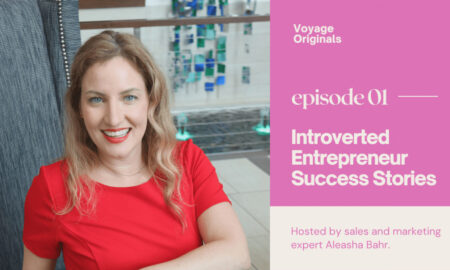

Courtney Renkema shared their story and experiences with us recently and you can find our conversation below.
Hi Courtney, thank you so much for joining us today. We’re thrilled to learn more about your journey, values and what you are currently working on. Let’s start with an ice breaker: What are you chasing, and what would happen if you stopped?
Over the past decade, I’ve turned my hobby into a profession. This entrepreneurial journey has allowed me to share the joy of sewing with others, especially youth. At the same time, I’ve been building a family, which has been my most cherished work. I’ve prioritized family first, being mindful of when to slow down or step back.
My pursuits are a delicate balance between following my passion and cultivating a meaningful life. Even if I were to pause this meaningful work, my foundation wouldn’t be shaken. The world chases career for satisfaction. I treasure my work but know that it can never fully satisfy. So I chase my sewing pursuits slowly and know that I’d miss it.
Can you briefly introduce yourself and share what makes you or your brand unique?
I’m Courtney, a sewing educator and creative entrepreneur who has turned a personal love of sewing into a joyful community experience. I searched for direction through traditional education and career paths, but what I found was unexpected, I just wanted to sew. With few resources available locally to learn, I became self taught, slowly stitching together a skill that became a calling.
While nurturing and homeschooling our five young children, I began teaching kids to sew from our basement, home studio in 2018. As interest grew, so did the vision and the need for a dedicated space. Today, The Common Thread Studio lives in a new commercial location.
We continue to offer classes for youth and adults while also expanding our creative resources. The Little Threadbook is our digital sewing club and collection of beginner sewing patterns. My goal has always been for sewing to extend beyond the studio and into the home, where creativity can be part of everyday life.
While digital resources can never replace the connection of in-person classes, they offer a way for our students to continue exploring and enjoying sewing at home. It’s been a joy to serve students through different seasons of their learning as the studio has grown and evolved alongside them.
Appreciate your sharing that. Let’s talk about your life, growing up and some of topics and learnings around that. Who saw you clearly before you could see yourself?
It all started in our basement, a small, empty space filled with potential. My aunt saw not just the room, but the gifts I carried, and encouraged me to turn my love of sewing into something more. Her belief in me gave me the push to start what would become The Common Thread Studio.
Was there ever a time you almost gave up?
There were many moments I almost gave up. I remember when pipes from the kitchen above my home studio leaked, twice, forcing me to dry out my machines and wonder if the investment was worth it. I also struggled when I wanted to put family first, or when the studio began to take over our basement and personal space, spilling into our daily lives. Each time, I had to pause, reassess, and remind myself why I valued what I had built. Those challenges tested me but they also taught me the importance of staying consistent, patient and determined. The challenges that seemed to hinder me all eventually led to the studio’s future growth.
I think our readers would appreciate hearing more about your values and what you think matters in life and career, etc. So our next question is along those lines. How do you differentiate between fads and real foundational shifts?
At first glance, sewing can look like just another trend or fad, especially when it pops up on social media with flashy projects and viral patterns. But sewing is far more than a fleeting fad. It has a rich history, passed down through generations, and teaches skills that are deeply relevant and enduring with creativity, problem solving, self reliance, and thoughtful craftsmanship.
A real foundational shift is something that persists over years or decades, not just weeks or months. It changes behavior or norms in a lasting way and influences many people, communities, or industries. Once sewing machines became affordable and available, it was adopted in homes, schools, and factories worldwide, impacting millions of people. The sewing machine is a classic example of a foundational shift that altered the process and possibilities of sewing.
Before we go, we’d love to hear your thoughts on some longer-run, legacy type questions. What are you doing today that won’t pay off for 7–10 years?
I’ve always known my business wouldn’t pay off right away. I wasn’t working enough for it to as a stay of home mom, home educating her five children. Over the years, I’ve continued to invest in materials, people, and our studio trusting that growth takes time. From the beginning, I knew it would take years to see it fully take root. But that slow pace has allowed me to grow intentionally, one small step at a time, without missing the moments that matter most at home.
There’s been plenty of perseverance, discipline, and hard work behind the scenes. However, slow growth has given me space to enjoy this fleeting season of motherhood while building something meaningful without rushing through it.
Success is defined a little different for me. It’s in the conversations with the students who can’t wait to come back, the birthdays celebrated in the studio, and the joy of seeing sewing translate to home. These moments of joy, connection, and creativity are the truest measure of what we’ve built that won’t pay off to the world’s standards.
Contact Info:
- Website: https://www.thecommonthreadstudio.com
- Instagram: https://www.instagram.com/thecommonthreadstudio
- Facebook: https://www.facebook.com/thecommonthreadstudio
- Other: https://bio.site/Thecommonthreadstudio
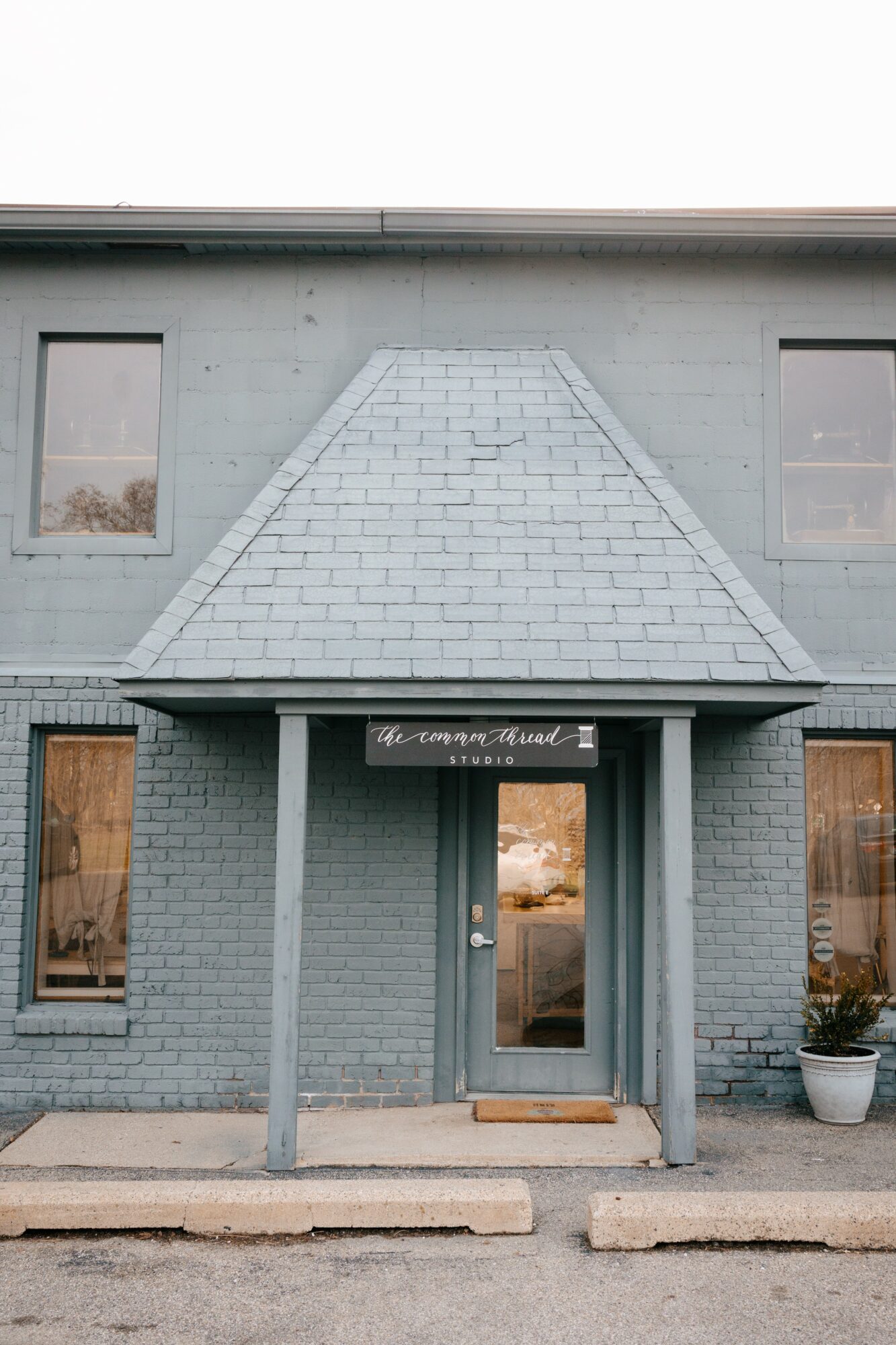
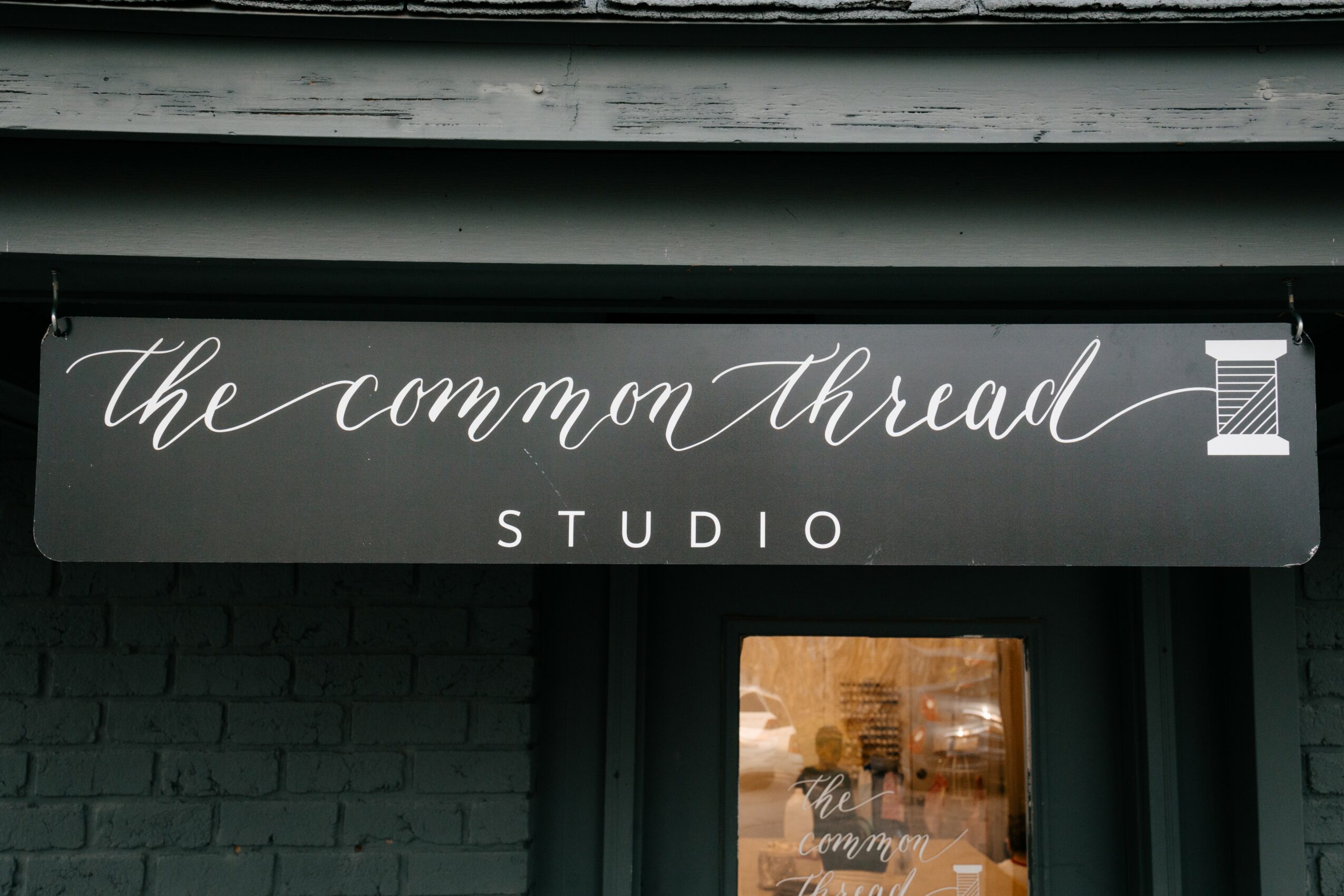

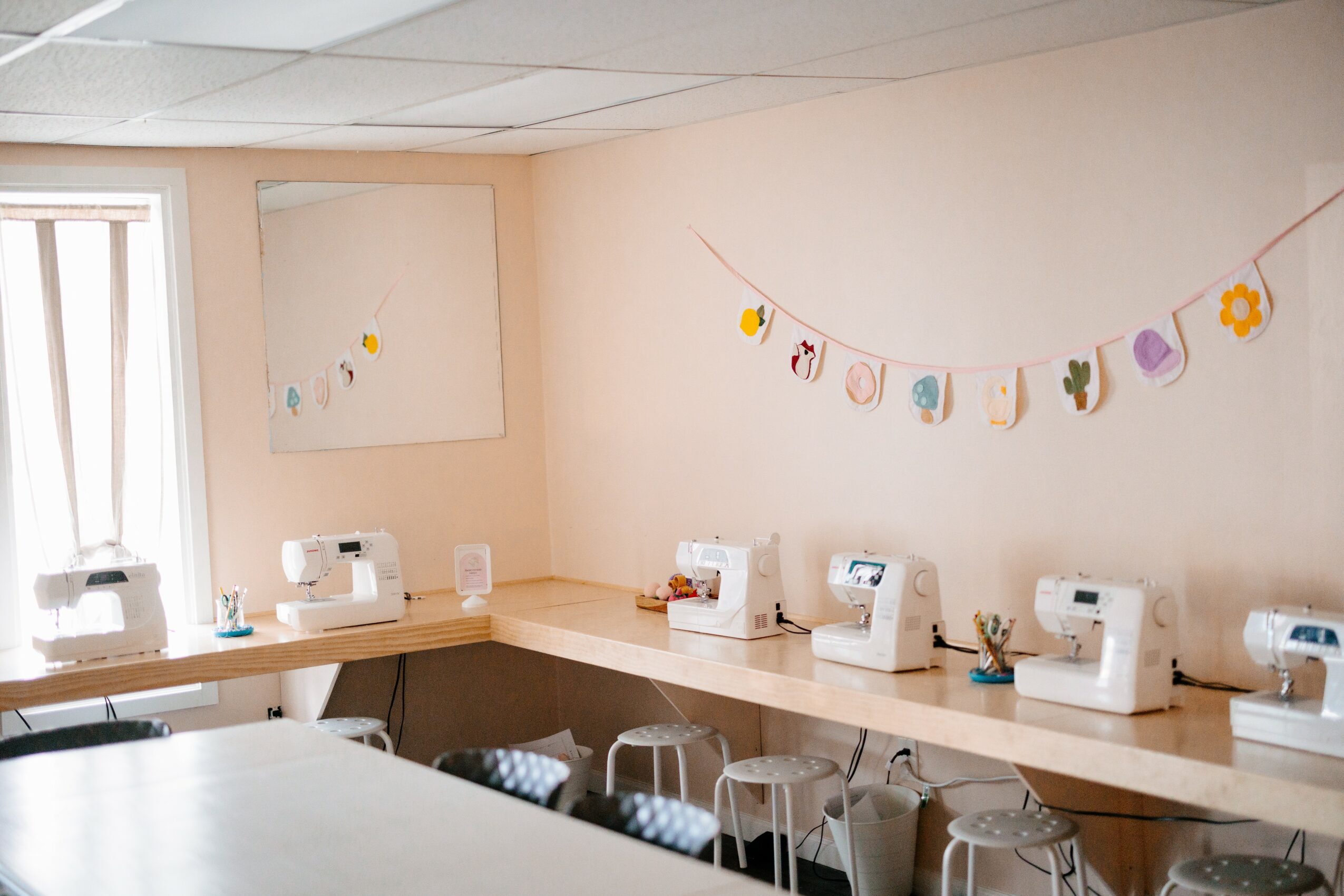
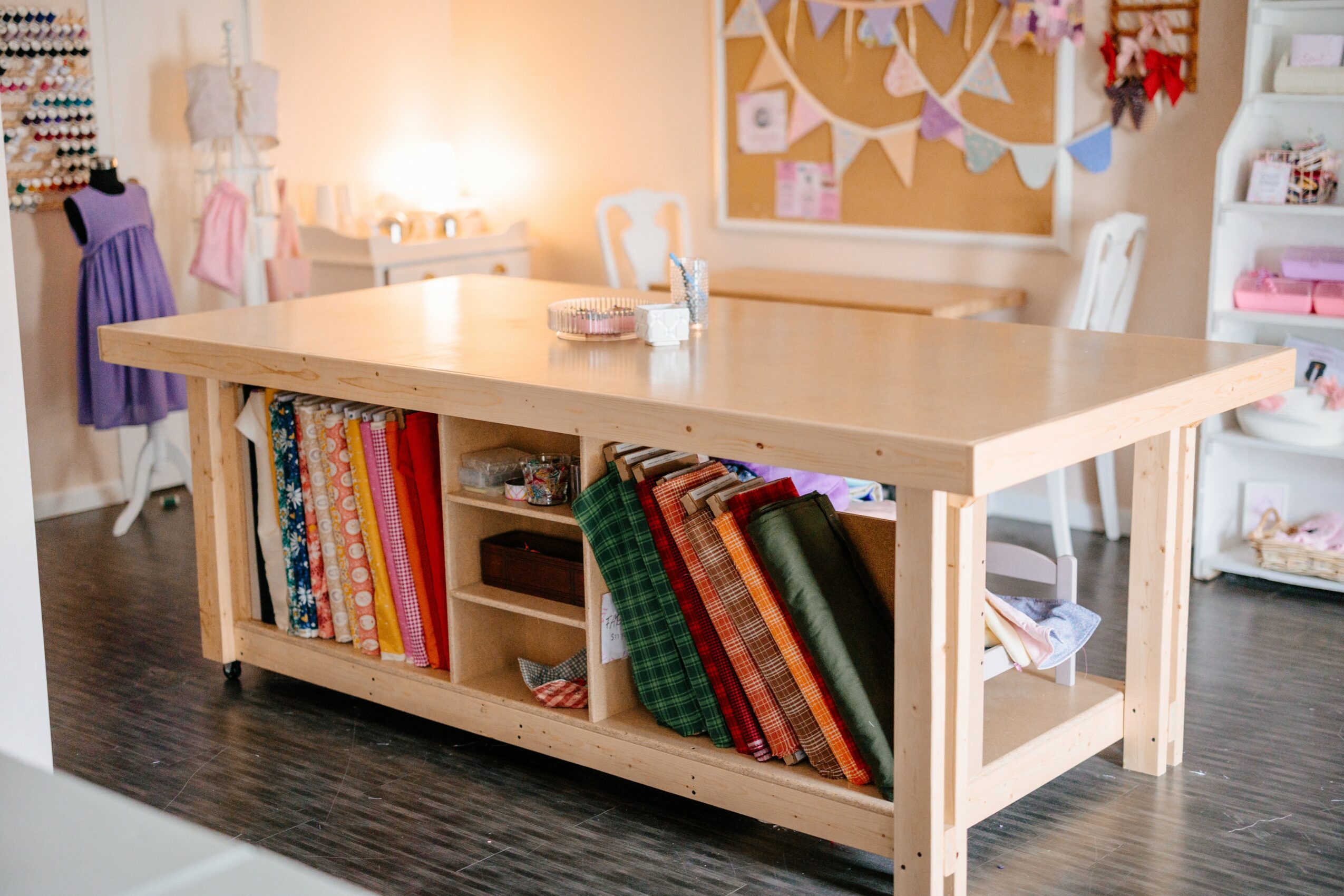
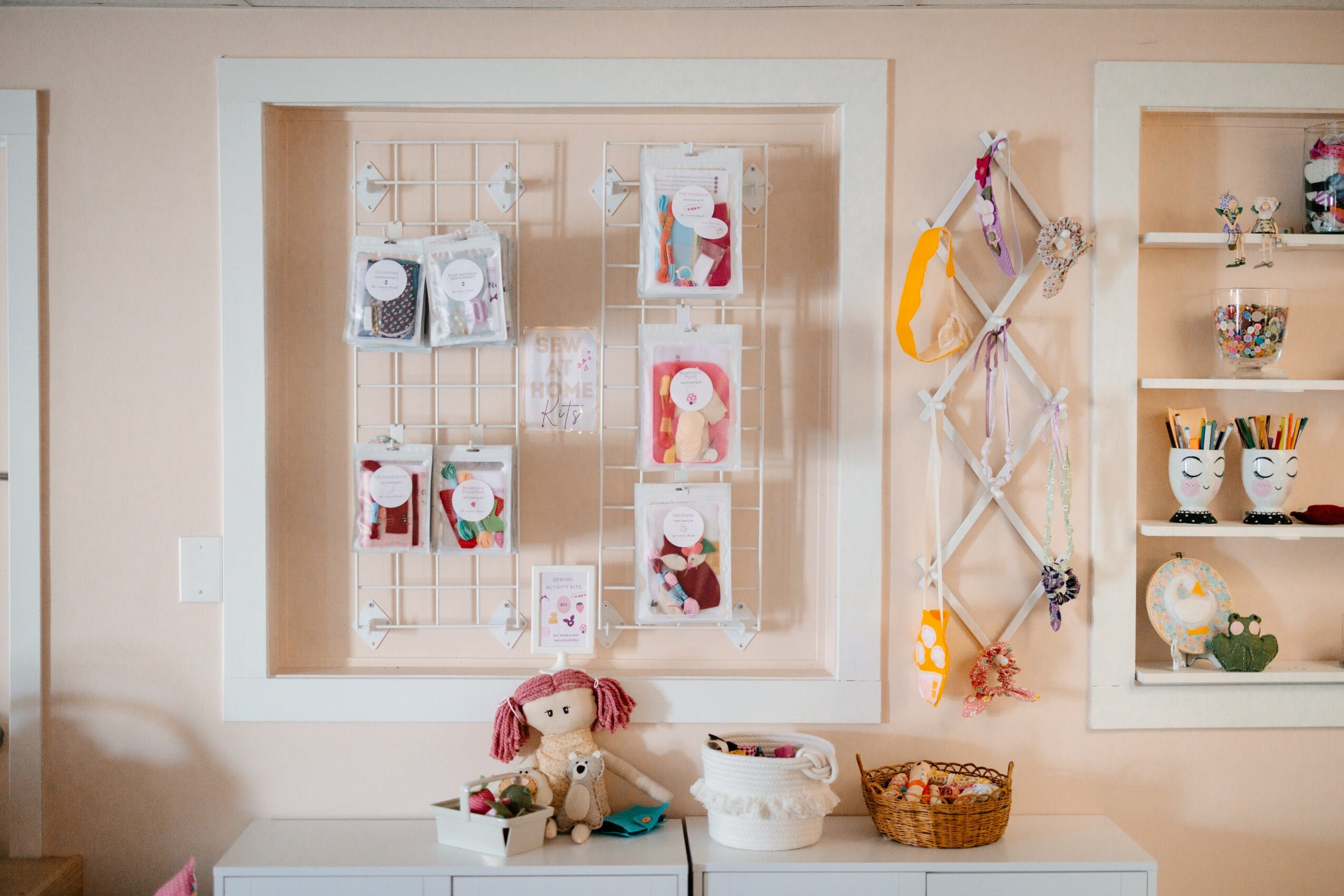
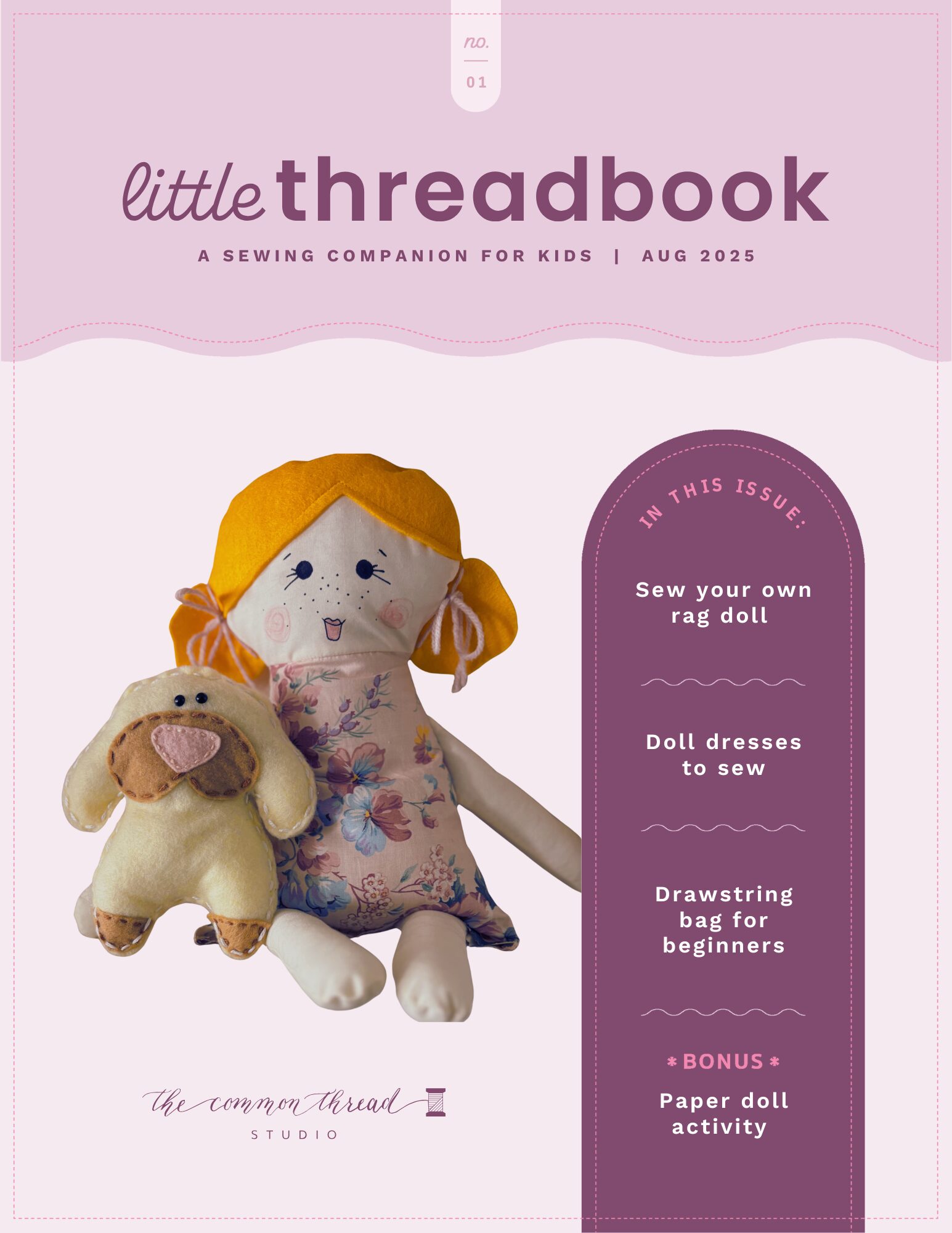
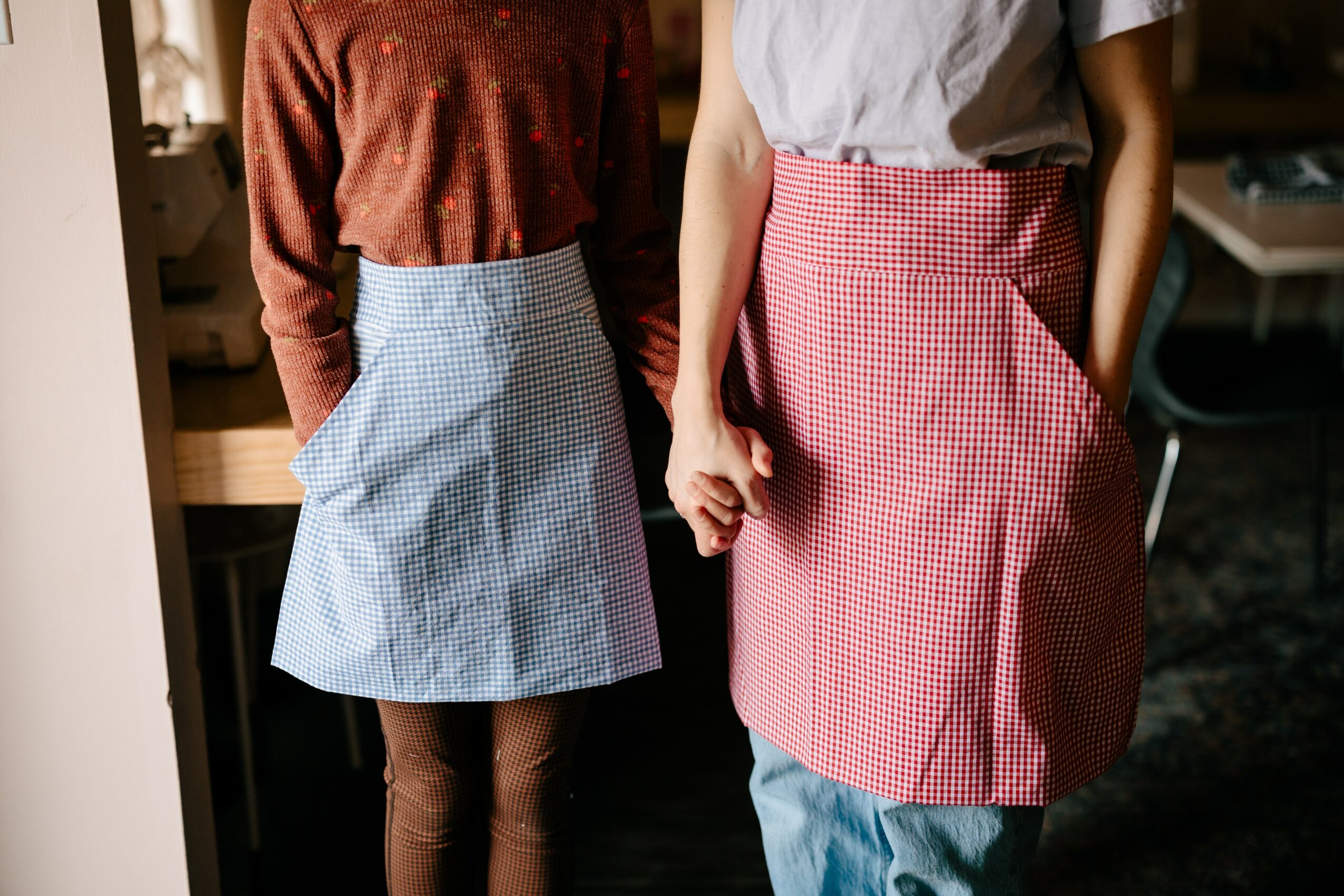
Image Credits
Annie Blanding. La Reverie Photography.



